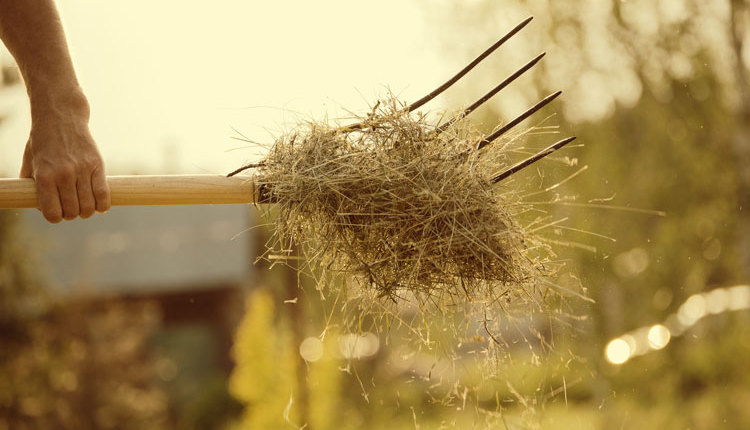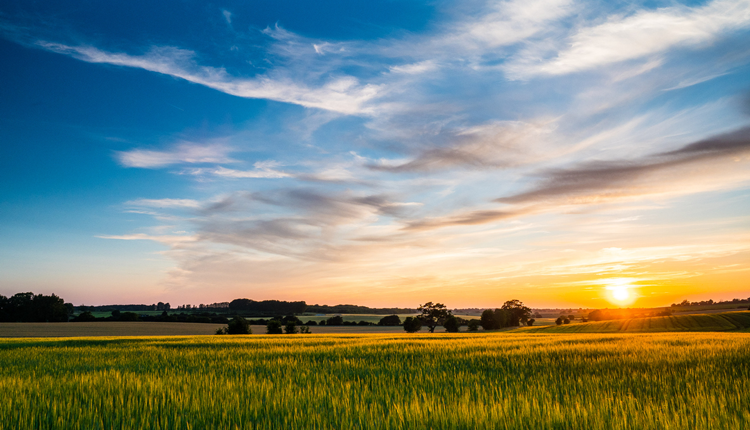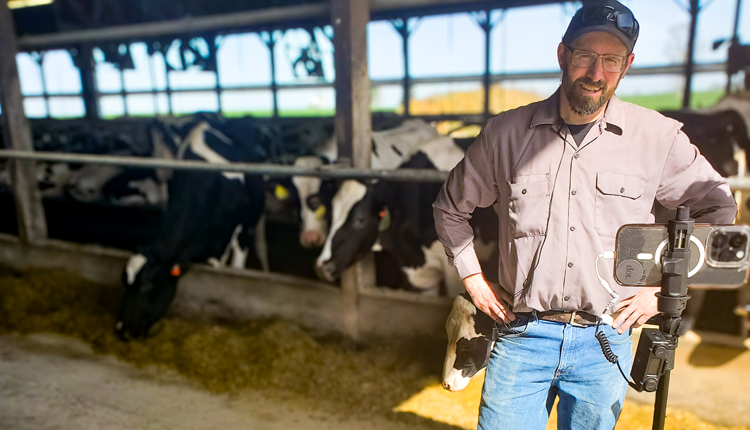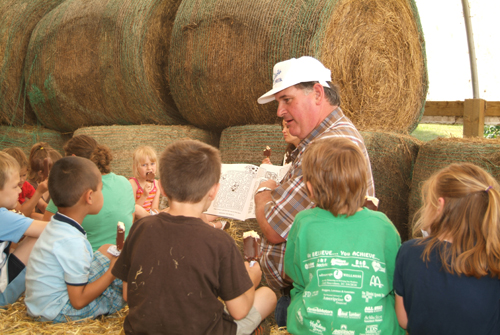
Earlier this year, the USDA introduced a new version of the food pyramid known as MyPlate. The year has also been filled with debate over the foods and beverages that children have access to as a part of their school lunch programs. Chocolate milk's future hung in the balance in many locations. But missing from all of these debates was the opportunity to teach youth about where their food comes from and the best ways to provide their bodies nourishment.
October marked the first annual National Farm to School Month. The program is proclaimed as "an opportunity to celebrate and educate." It is an opportunity for us as dairy producers to celebrate the lifestyle we have chosen and the agricultural community, while educating local youth about our operations and stewardship for the environment.
In November of last year, Congress approved a resolution introduced by Representative Rush Holt (NJ) to officially designate October as National Farm to School Month. According to the University of Wisconsin's Rural Economic Development Initiative, "To celebrate the first National Farm to School Month, schools across the country are encouraged to highlight Farm to School with some kind of special activity, such as inviting farmers and chefs to visit their school in October. Farm to School supporters could conduct a local produce taste test, contribute an article about farm to school to the school's newsletter, or help highlight local foods on the school menus."
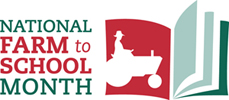
The Farm to School Network launched a website that provides resources and materials. The site also has brief 20 minute webinars to help prepare interested participants and teachers who want to teach children about where their food comes from.
If you didn't participate this year, think of it as an opportunity to begin thinking of ways you can teach your community's youngster about where their food comes from.





